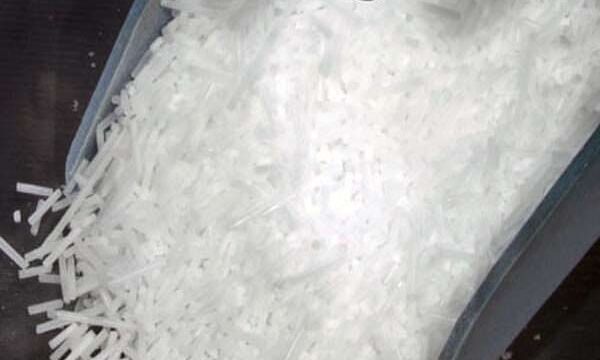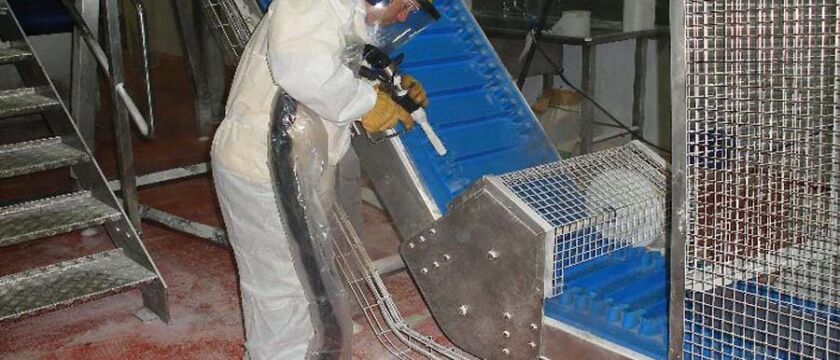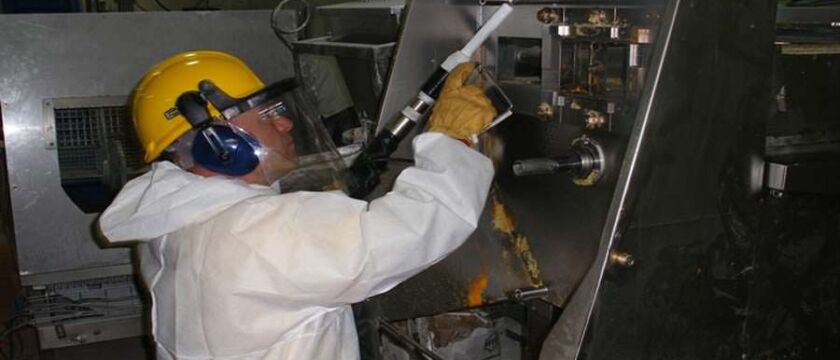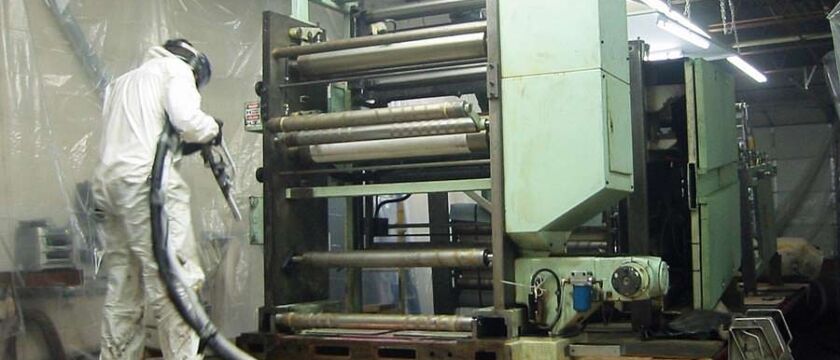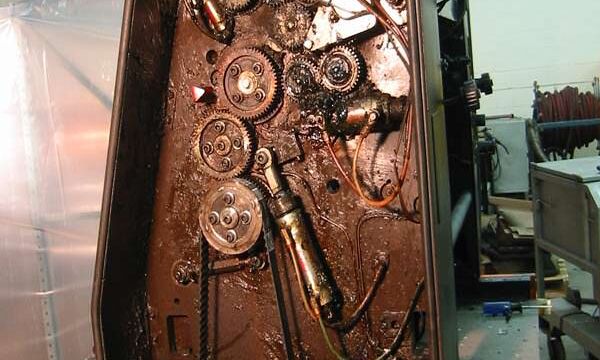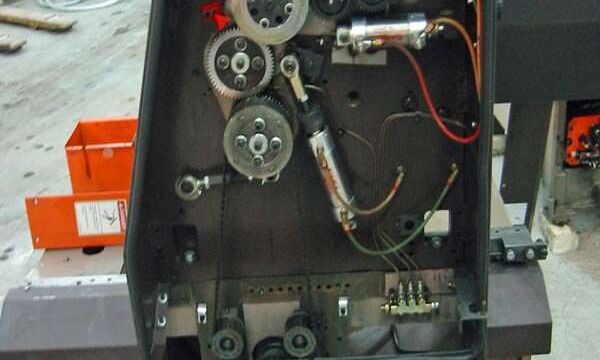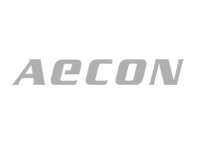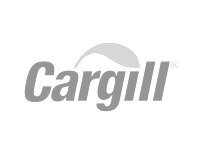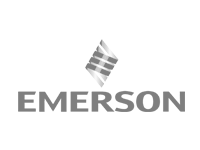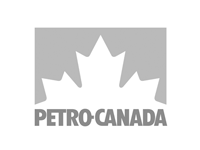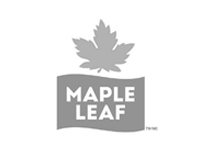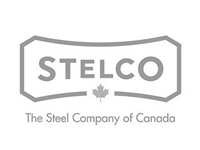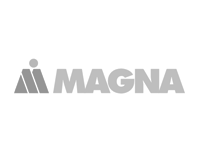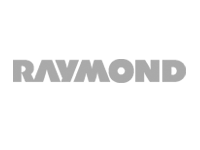Surface Preparation – Dry Ice Blasting, CO2 Blasting
Dry ice is the solid form of carbon dioxide (CO2). With dry ice blasting, soft CO2 pellets approximately the size of grains of sugar are propelled toward surfaces at supersonic speeds to safely remove paint and contamination.
The dry ice, although hard in appearance, does not rely on its abrasive properties for effective cleaning. When the dry ice pellets hit the surface, it causes a process called thermo-shock. As the substrate temperature decreases, it becomes brittle, enabling the dry ice particle to break up failed paint and surface contamination.
The beauty of it all is that the CO2 quickly dissipates into the gas carbon dioxide, so there is very little blast residue to clean up — only the failed paint film or removed contamination.
Why is dry ice blasting beneficial over other cleaning methods?
- non-abrasive, non-flammable, non-conductive cleaning method
- environmentally-friendly and contains no secondary contaminants such as solvents or grit media (most other blast media leaves secondary waste behind.. dry ice sublimates or vaporizes upon impact with the surface, and all that remains is the paint coating or contaminate you are removing… also, since dry ice vaporizes up on impact, the process can be used to clean complicated cavities where typical grit blast media will become trapped)
- clean and approved for use in the food & pharmaceutical industry
- approved by the FDA, EPA and USDA
- allows most items to be cleaned in-place, without time consuming disassembly
- can be used without damaging active electrical or mechanical parts, or creating fire hazards
- can be used to remove production residues, release agents, contaminants, paints, oils and biofilms
- can be adjusted to clean very delicate items without damaging the substrate
Induspray has successfully used dry ice blasting for years and can safely and effectively use it in your project with excellent results.
Photo Gallery
Click to view some of our industrial painting projects utilizing dry ice blasting and CO2 blasting.
Locations We Service
We are Toronto industrial painters serving Toronto, the GTA, Southern Ontario, Western Ontario, Eastern Ontario and parts of Northern Ontario.
Our territory includes:
Our Customers
We’ve been in business since 1975, serving over 4,875 satisfied clients while completing thousands of industrial and commercial painting projects. These are just some of our customers:
Your Project
Have questions about dry ice blasting or CO2 blasting your items and surfaces? We can quickly assess your needs and make cost-effective recommendations. Contact us today — we’re here to help.
Start your project with expert advice and a great price.

